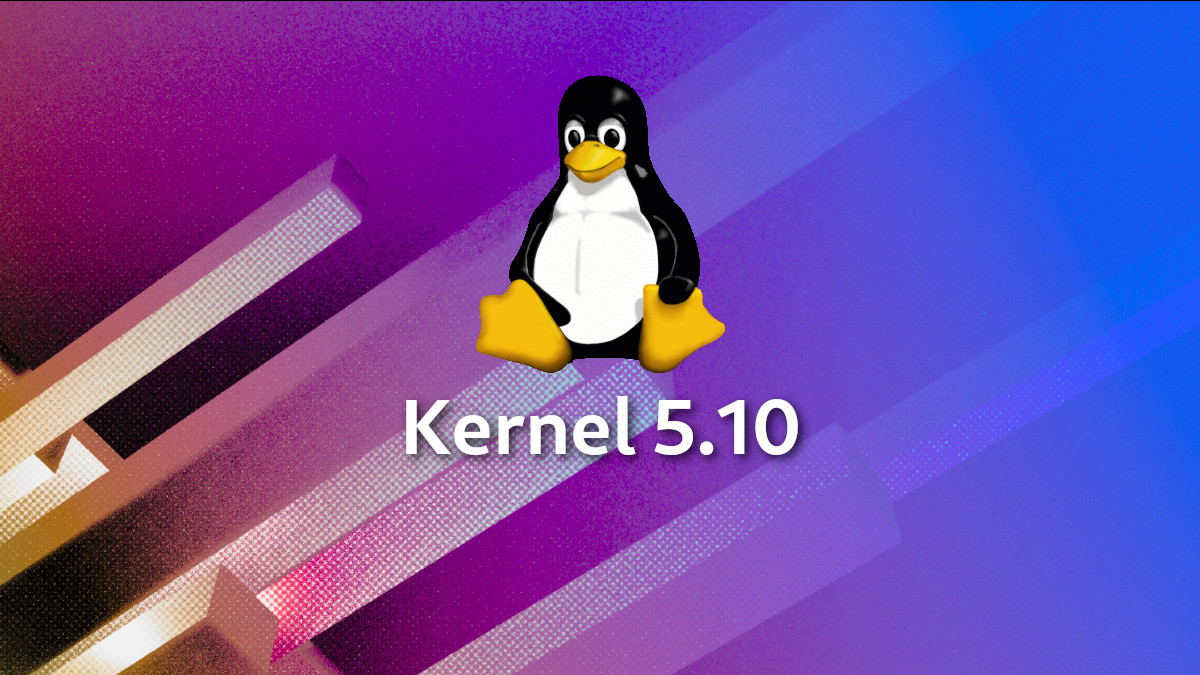Our experts answer your technical questions.
Creating Hunt Groups
I need to add a new user for a static IP account. How can I set it up so that the new user can dial into our regular hunt group? The way I have it set up now, I would need to assign each user a modem just for them. I was told that I can set things up so users can call into our main hunt group number. —John Jhong Red Hat
That is exactly what we do here at Red Hat. We have a four-line hunt group for which we give users the number only to the first line. Then we put a modem on each of the four lines. If the first line is occupied, the caller is rolled to the second, then the third, then the fourth. I assume this is what you mean by “hunt group”.
All of our users have a static IP number, too. We simply create an extra account for each user. In typical ISP fashion, we usually make it their normal login ID preceded by a capital <\#145>P’. (For example Pdjb would be the dial in account for djb). Next, we create a short shell script that is set up as the “shell” for Pdjb. A typical script might look like this:
#!/bin/bash /usr/sbin/pppd modem crtscts netmask \ 255.255.255.248 :static.ip.address.here
We would put that in /usr/local/bin/Pdjb.
Next, you make that script executable and edit the shell for your Pdjb user to look like so:
Pdjb:fakepasswd:1000:1000:RHS ppp account:
/home/ppp:/usr/local/bin/Pdjb
Then the user can dial in directly as Pdjb and PPP will start automatically. This is only a brief introduction to setting up PPP. For more detailed information, see Robert Hart’s PPP-HOWTO available at http://sunsite.unc.edu/LDP. —Donnie Barnes, Red Hat Software redhat@redhat.com
Configuring Master Daemons
When I try to start wu.ftpd or in.telnetd, I get the error “Socket operation on non-socket” —Ian Webber Slackware 3.2
Those aren’t programs. They are daemons. They should be run only from inetd, which is a “master daemon” that runs all the time, listening for things like FTP and telnet requests. You will find configuration information for inetd in /etc/inetd.conf.
Once inetd receives a request for FTP or telnet, it will then start in.ftpd or in.telnetd and connect its I/O to the socket that requested the connection. With this system, you don’t need to have many daemons sitting in memory doing nothing, since inetd can start them when they are needed. —Donnie Barnes, Red Hat Software redhat@redhat.com
I Still Can’t Print!
I have friends who chuckle at me because I have had Linux for about a year and still can’t figure out how to get it to print to my HP printer. —Randy Barrett Red Hat 3.0.3
Since you don’t specify the model of your HP (and you’ve been trying for so long) I’ll assume it is a 540 or similar printer. What you need to do is download the printing filter aps-491.tgz in /pub/Linux/system/printing from sunsite (or your favorite mirror). All you need to know is to which lp port your printer is connected. The APS Filter installation software will automatically write the filter and set up /etc/printcap so that you can start using your HP printer. —Mark Bishop, Vice President Southern Illinois Linux Users Group mark@vincent.silug.org
XView Shuts Down Monitor
Sometimes when I start the XView application by typing openwin, the monitor turns off. Since the monitor power supply is the same as that of the whole system, I need to start all over again.
I have tried various combinations with the XConfig file. —Harjeet
I recommend downloading XFree3.3 from ftp.xfree86.org or your favorite mirror. Read the RELNOTES file before you download anything. XFree 3.3 has a pretty decent tool (XF86Setup) that you run to set up XFree for operation with your particular video card. Once you get XFree up and running by entering startx, XView should pop up with no problem. —Mark Bishop, Vice President Southern Illinois Linux Users Group mark@vincent.silug.org
Linux C Graphic Libraries
I just switched over to Linux to do my graphics programming. I cannot find basic Linux C libraries that are equivalent to the Turbo C++ version of C graphic libraries. Where can I find those? —Christopher Carver Red Hat 4.0
There is no direct freeware clone of the Borland BGI graphics library, but there are a number of libraries that should serve your purposes, whether you want to display a few curves on the screen or render complex 3D images. Visit your favorite Sunsite mirror, and explore the /pub/linux/libs/graphics directory. You should find everything you need. If you are looking for a direct clone of the BGI graphics library, look for the file bgi_library.tar.gz which you should also find in the aforementioned sunsite location. It is a good shareware product (with an extended commercial version) that provides source API compatibility. —Chad Robinson, BRT Technical Services Corporation chadr@brttech.com
Archive Site for Kernel Development
Where is an there an archive site for kernel source code and documentation for developing the Linux Kernel? —Jung-Ho Park Red Hat 4.1
The Kernel Hacker’s Guide is a document written just for this purpose. You can find it on your favorite Sunsite mirror in /pub/linux/docs/kernel in the subdirectory kernel-hackers-guide. There is other documentation in this directory that may be of assistance to you. Also, the Usenet newsgroup comp.os.linux.development.system has ongoing discussion of kernel development issues. —Chad Robinson, BRT Technical Services Corporation chadr@brttech.com
If you would like to submit a question for consideration for use in this column please fill out the web form at http://www.ssc.com/lj/ or send e-mail with the subject line “BTS” to info@linuxjournal.com.
Answers published in Best of Technical Support are provided by a team of Linux experts. If you are interested in becoming a part of that team please e-mail info@linuxjournal.com.
 Linux, Linux OS, Free Linux Operating System, Linux India Linux, Linux OS,Free Linux Operating System,Linux India supports Linux users in India, Free Software on Linux OS, Linux India helps to growth Linux OS in India
Linux, Linux OS, Free Linux Operating System, Linux India Linux, Linux OS,Free Linux Operating System,Linux India supports Linux users in India, Free Software on Linux OS, Linux India helps to growth Linux OS in India





